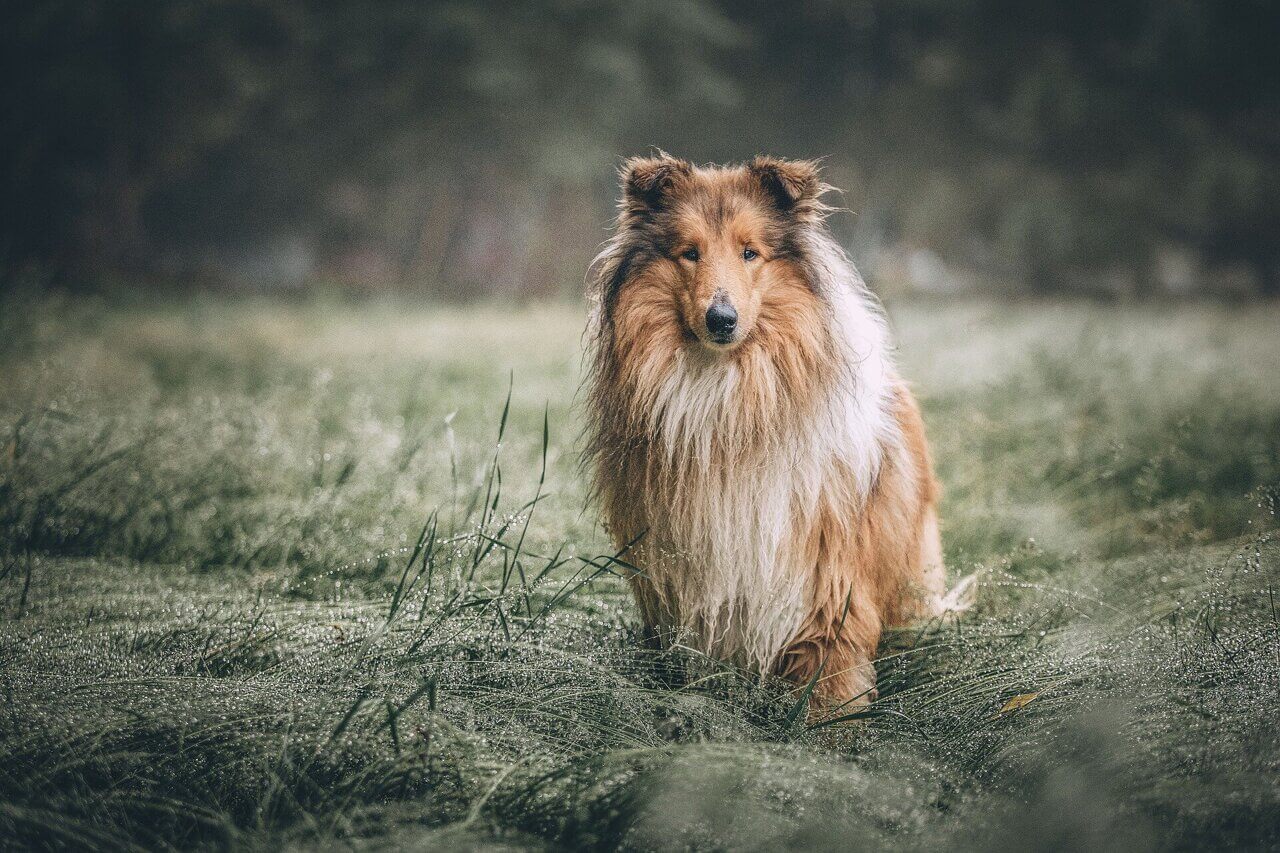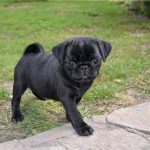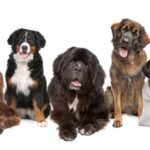It’s so typical for puppy siblings to look so different from one another that we rarely try to explore the reasons behind it. Moreover, some puppies might have no resemblance to their parents. We accept the fact just in the way we know that no two humans have the same looks. The variation in dog coat patterns and colors can have an intriguing range from spotted or brindle to solid black to white, gray, and many more shades. Moreover, they can have unique markings like stripes, patches, or spots. The dog coat patterns are not merely cosmetic but reveal much about the dog’s breed, personality, and health. Despite scientists finding it hard to discover the genes that affect coat patterns and colors, they have been unraveling many mysteries surrounding it.
Breeders need to understand the genetics behind dog coats to create puppies with unique traits of fur or coats to delight owners. The amount of pigment and its distribution in the hair determines a dog’s coat color. Moreover, based on genetic history, specific patterns, and coat colors dominate some dog breeds.
- What is behind patches and spots?
You must have seen dogs with white coats with spots of another color or large patches. These are the Piebald dogs with a distinct appearance due to the variation in location and size of the patches or spots among different dogs. The piebald gene is behind the white patches of a piebald dog’s coat. The gene inhibits the pigmentation in some coat regions that cause the white patches. The spots or color patches result from proper pigmentation.
The English Setter, Dalmatian, and Great Dane are well-known dog breeds that demonstrate the piebald pattern. The piebald pattern can have a lot of variety. In some dog breeds, the colored coat is dominant with a few white patches; in others, it is primarily the white coat with several colored patches.
- Genes that impart other colors
Genes work in different ways to impart colors to the coat and fur.
- Multiple colors – Besides the usual two colors, you will find dogs with various shades of coats. In such cases, the C locus, the parti-color gene, or the MC1R gene create a wide range of colored and white patterns on dogs. Merle and brindle coat patterns are the best examples of the C locus gene affecting coat color. The same gene is behind the coat patterns of many other breeds, such as the Australian Shepherd, Pitbull, and Poodle.
- Socks and white-tipped tail – The S locus gene, also known as the Irish spotting gene or MITF gene, is behind the white markings on the dog’s feet, chest, and tail. More white markings on the dog’s coat indicate the presence of more copies of the Irish spotting gene. The Boxer, Jack Russell Terrier, and Border Collie are some breeds whose coat bears testimony to the influence of the S locus gene on coat color.
- Wirehaired breeds – Dog breeds with a distinctive look due to the rough and bristly coat, which often feels like a wire upon touching, belong to the group of wire-hired dogs. The Wirehaired Ponting Griffon, the Wirehaired Daschund, and the Airedale Terrier are the most prominent breeds of wirehaired dogs. The hair of such dogs is coarser and sticks out from the body compared to the smooth and soft coat found in some other dog breeds.
The wire-like hair of a wirehaired dog has a functional element attached to it as it protects the dog from the elements, especially across rough terrains. The coat’s harsh texture protects the dog’s skin from brambles, thorns, and other obstacles the dog encounters while herding or hunting.
Wirehaired coats comprise harsh and soft hairs. The outermost layer has wiry, harsh hairs, while the undercoat is soft and provides insulation and warmth. Variation in the texture of the coat is evident among different breeds, and even a particular breed might have an extra coat texture.
- Flecks of color – T locus is the name of the ticking gene, also known as the KIT gene, responsible for creating tiny white flecks or spots on dogs’ coats. The extent of ticking on the coat varies according to the gene’s expression and the individual dog breed. The patterns created by the gene are evident in some dog breeds, such as the Australian Cattle Dog and the German Wirehaired Pointer.
Some dogs with colored or pigmented hairs in the areas of white spotting are examples of the roan pattern that has a blend of pigmented or colored and pigmented or white hairs. The pattern imparts a grizzled look to the coat instead of the spotted appearance of ticking. However, when roaming is patchy, it might appear similar to dense ticking.
- Corded Coat – The Komondor dog breed has a muscular build and a corded coat that gives it a unique look. The coat has two layers – a soft undercoat upon which is the outer coat of spiraled curls that gradually fuse and tangle with the undercoat. The cords are strands of hair that look like ropes and can be as long as 30 centimeters formed by a natural process called felting.
The tangles and mats become more prominent over time and turn into cords to give a distinctive appearance to the Komondor. Centuries of selective breeding and natural selection they led to the formation of the Komondor’s coat.
Developed in Hungary, the dog breed protects sheep’s flocks from predators. The specific design of the corded coat is the result of some thoughtful breeding as it helps the dogs to blend with the flock of sheep and catch the predators unaware.
To appreciate our furry companions’ diversity and unique traits and appearance, you must uncover the genetic mysteries behind them. The more you drill into the genetic mysteries of dog coat colors, the more fascinated you will be. The diverse styles, textures, and shapes will leave you spellbound. If you have any other questions related to your dog, ask the vet.





![Best Dog Breeds in India for Home [2022] Dachshund Price in India](https://petsyfy.com/wp-content/uploads/2022/07/Dachshund-Price-in-India-150x150.jpeg)
